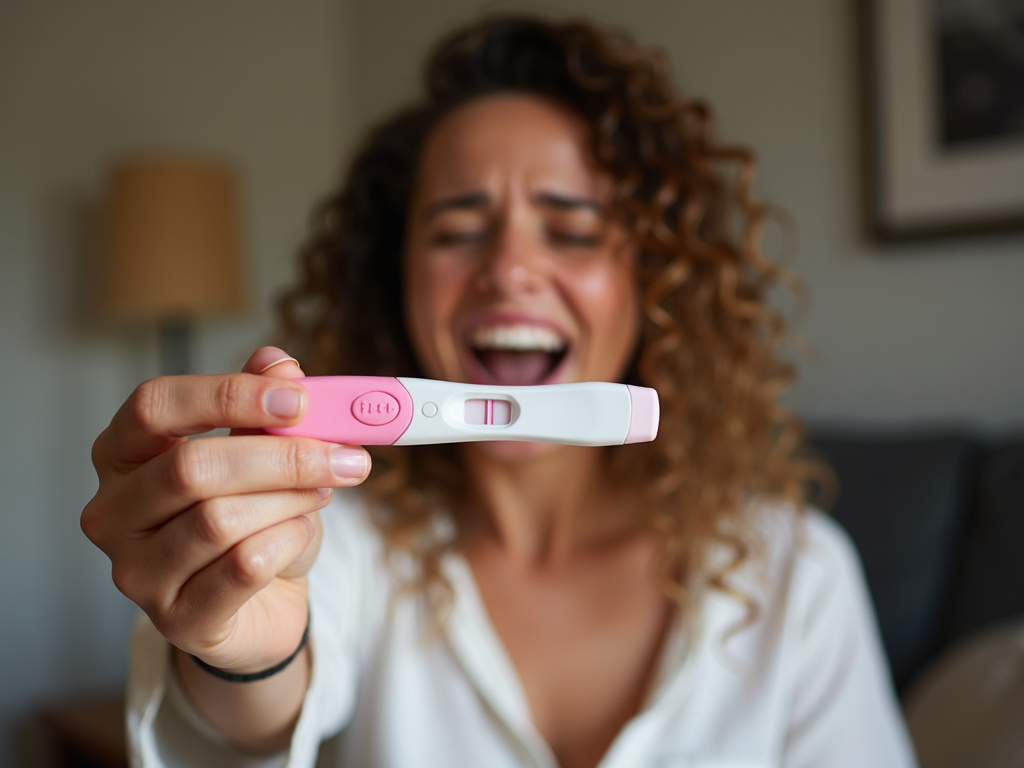In Vitro Fertilization for Single Women: A Comprehensive Guide
June 22, 2025, 5:23 p.m.
In vitro fertilization (IVF) offers single women a path to parenthood without a partner. This article explores the IVF process, emotional journeys, practical considerations, and real stories of single women who have chosen this fertility treatment. It’s a deep dive into a life-changing option.
What is IVF?
In vitro fertilization, or IVF, is a fertility treatment where eggs are retrieved from a woman’s ovaries and fertilized with sperm in a lab. The resulting embryos are then placed in the uterus, aiming for a successful pregnancy. For single women, IVF often uses donor sperm since there’s no male partner involved.

Why Single Women Might Choose IVF
Single women turn to in vitro fertilization for various reasons:
- Wanting a biological child without a partner
- Facing age-related fertility declines
- Dealing with medical conditions that affect fertility
- Choosing to become a single parent intentionally
This decision isn’t light—it’s a big step emotionally and financially, deserving thoughtful planning.
The IVF Process Step-by-Step
Here’s how IVF typically works:
- Ovarian Stimulation: Medications boost the ovaries to produce multiple eggs.
- Egg Retrieval: A small surgery collects eggs from the ovaries.
- Fertilization: Eggs meet donor sperm in a lab to create embryos.
- Embryo Culture: Embryos grow in the lab for a few days.
- Embryo Transfer: Embryos are placed in the uterus.
- Pregnancy Test: A test two weeks later checks for pregnancy.
Each step needs close teamwork with fertility experts. Learn more at the American Society for Reproductive Medicine.

Emotional and Practical Considerations
Going through IVF as a single woman can stir up a lot of feelings. A solid support network—friends, family, or groups—makes a huge difference.
On the practical side, consider:
- Time for appointments and recovery
- Budgeting for IVF costs
- Legal details like donor agreements
- Planning for solo parenting
It’s a balancing act of heart and logistics.
Success Rates and Statistics
IVF success depends on age, fertility challenges, and clinic quality. The Society for Assisted Reproductive Technology (SART) reports a 40-50% live birth rate per cycle for women under 35. Single women’s odds are similar, but a specialist can give a personal estimate.

Costs and Financial Planning
IVF isn’t cheap—expect $10,000 to $20,000 per cycle in the U.S. Single women should look into insurance, loans, or grants for fertility treatments. Smart budgeting can ease the strain.
Legal and Ethical Aspects
Using donor sperm brings up legal points like donor anonymity and parental rights. Partner with a trusted sperm bank, such as California Cryobank, and get legal advice. Ethically, think about raising a child solo and build a strong support system.

Personal Stories
Sarah’s Journey
Sarah, 35, always wanted a child. After picking a sperm donor, she endured several IVF cycles. Her persistence paid off with a healthy daughter. She calls it a rollercoaster worth riding.
Lisa’s Story
At 42, Lisa faced fertility hurdles due to age. Using donor eggs and sperm, she succeeded with IVF. Her story shows it’s never too late to chase your dreams.

Summary
In vitro fertilization opens doors for single women to become parents. It’s a tough but rewarding path, blending hope, science, and determination. Being informed and supported is key before starting this fertility treatment journey.